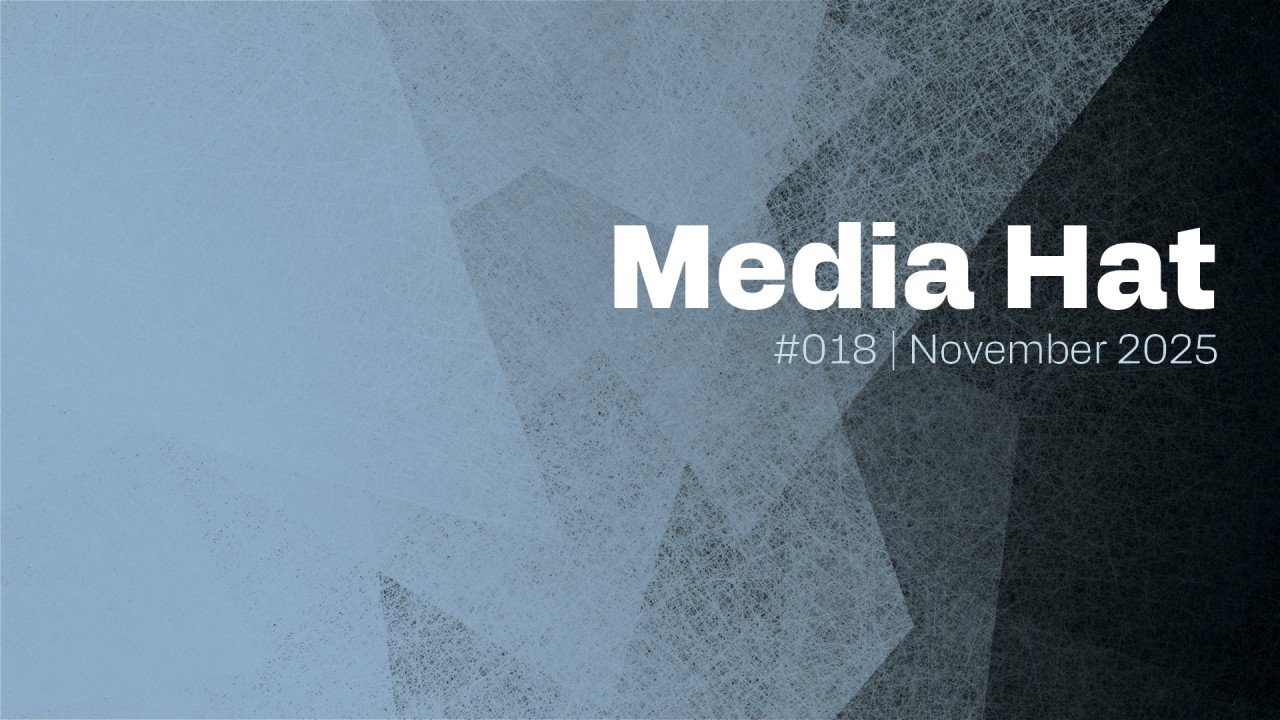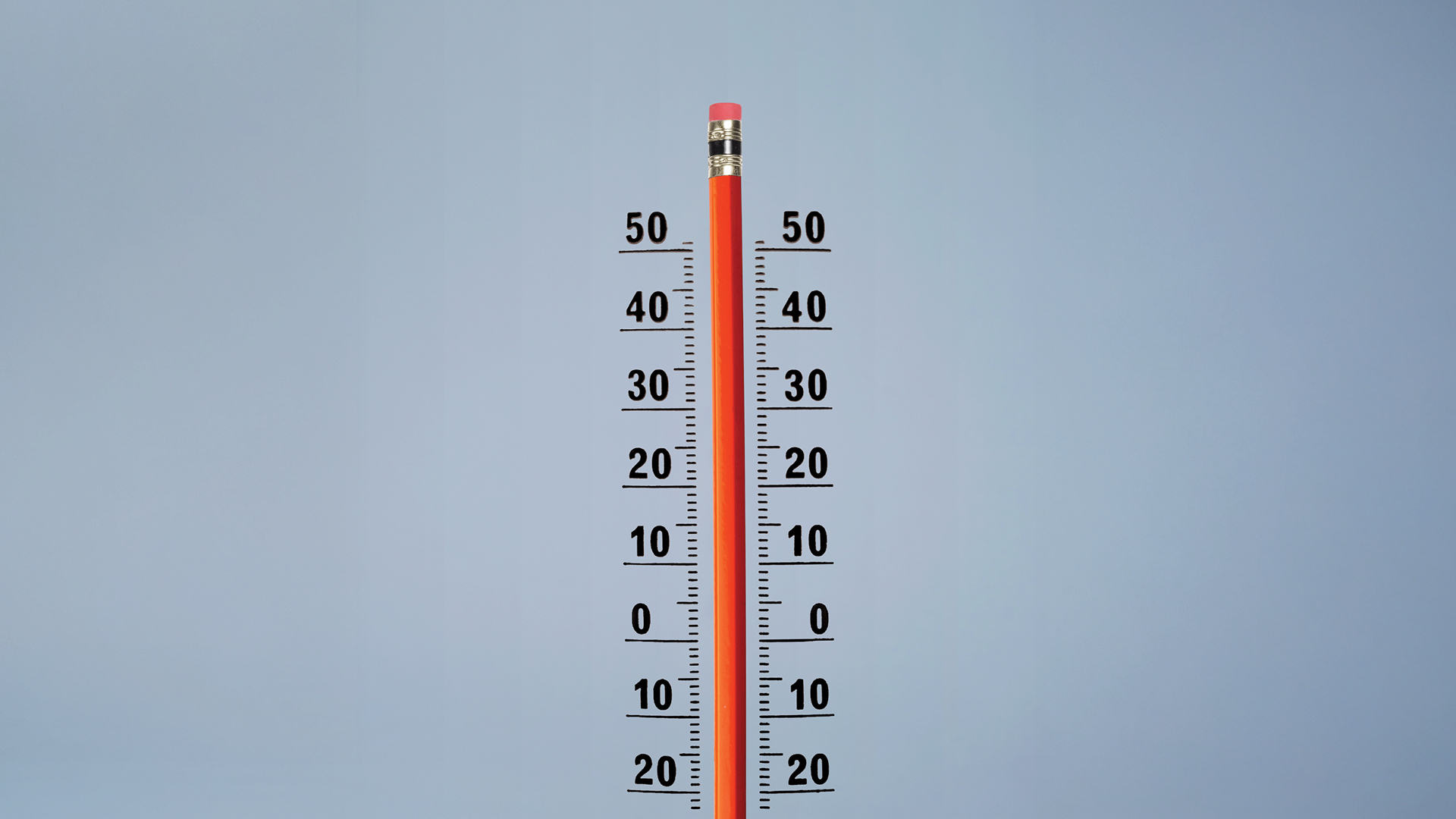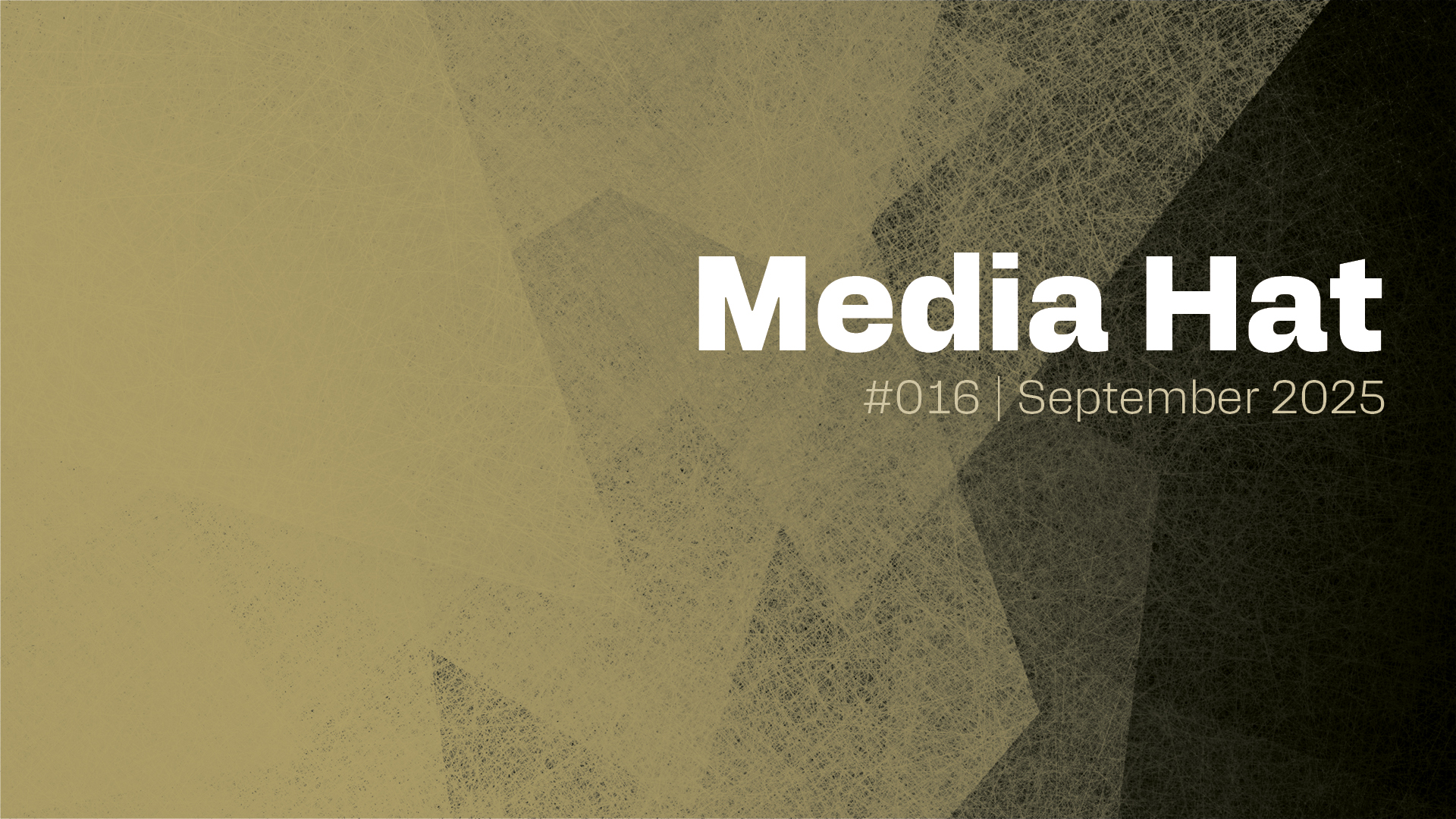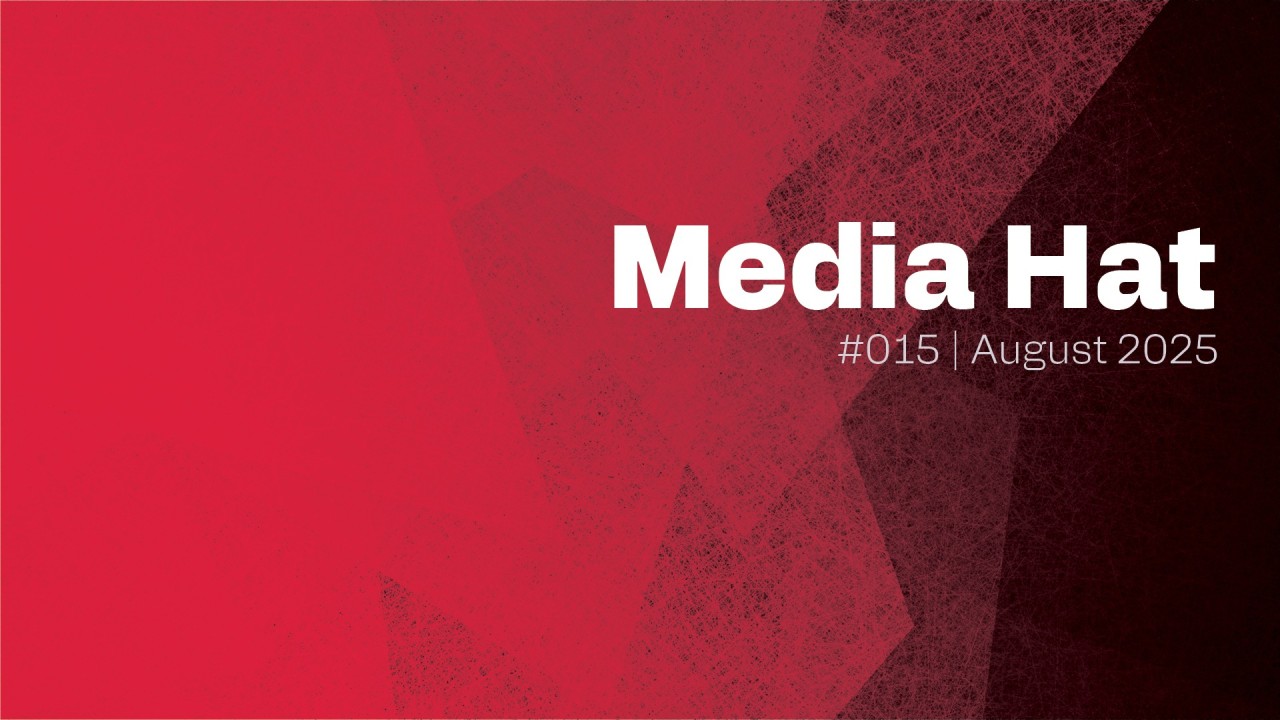Media Hat: The clarity edition

Every month we pull together tools, research, and ideas for journalists wearing… many hats.
The experiment edition

Every month we pull together tools, research, and ideas for journalists wearing… many hats.
All eyes on earth: Strategies and tools for environmental stories

As climate change impacts communities worldwide, journalists who were present at the iMEdD International Journalism Forum 2025 shared strategies and tools to help turn attention to the planet’s most pressing issues.
The fall hat trick

Every month we pull together tools, research, and ideas for journalists wearing… many hats.
Reporting guide to investigating disability issues — short version

People with disabilities are the largest cross-sectional minority group, according to the United Nations. Almost every reporting specialty involves some aspect related to disability.
Between sunscreen and AI

Every month we pull together tools, research, and ideas for journalists wearing… many hats.
Pick your tool: Podcasts, Videos, or Tips for funding?

Every month, we pull together tools, research, and ideas for journalists wearing... many hats.
Translation Tools, OSINT Resources & an Exhibition Worth Seeing

If you’re new here: every month, we pull together tools, research, and ideas for journalists wearing many hats — reporters, editors, investigators, creators — with a focus on things you can put to use or simply explore.
Investigating data available on social media platforms

Although social media is an important “channel” for publishing journalistic investigations, it is also a rich source of information for all kinds of journalistic research. At the Dataharvest 2025 conference, we learned useful ways in which journalists can gather data from platforms for their investigations.
